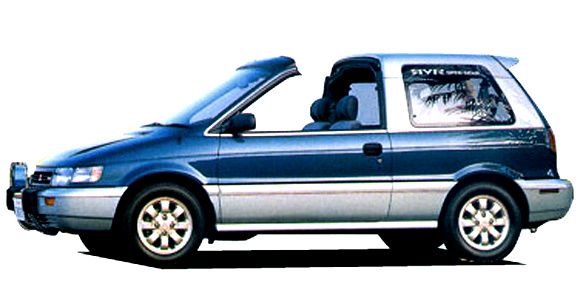Manual Mitsubishi Rvr 1997
Home » Bar Code Printer T-9650 Plus Use the links on this page to download the latest version of Bar Code Printer T-9650 Plus drivers. All drivers available for download have been scanned by antivirus program. Home » Bar Code Printer T-9650 Pro Use the links on this page to download the latest version of Bar Code Printer T-9650 Pro drivers. All drivers available for download have been scanned by antivirus program. Tvs barcode printer t9650 plus driver windows 10. This page contains the driver installation download for Bar Code Printer T-9650 Plus in supported models (Satellite A80) that are running a supported operating system.
This is a very comprehensive FACTORY service manual for your Mitsubishi RVR / Space Runner 1991-1997. More than 1000++ pages all together of very structured and quality service manual in pdf format. You will never be dissapointed with the content of this manual. This is a very comprehensive FACTORY service manual for your Mitsubishi RVR / Space Runner 1991-1997. More than 1000++ pages all together of very structured and quality service manual in pdf format. You will never be dissapointed with the content of this manual. Contents: General Engine Engine Lubrication Fuel Engine Cooling Intake and Exhaust.

Mitsubishi RVR Hyper Sports Gear-R (Japan) The RVR was essentially a second generation (marketed in some markets as the Space Wagon) with a shortened chassis but sharing the components of the longer variant. It's tall wagon body style featured two rows of seats, equipped with a single rear door and, in all markets, a single sliding door on the passenger side. The Mitsubishi sliding door latched to a, whereas those of the Toyota and Nissan vehicles did not.

The rear windows did not retract but were forward hinged. The rear windows on the longer Chariot did retract into the doors. The fuel tank access door was on the right side for all versions sold internationally. In the LHD models, which had the sliding door on the right side, an interlock prevented the door from opening too far when the fuel filler door was open. The standard installed fixed position rear bench seat arrangement could accommodate three persons and the seatbacks had a 50:50 split: the reclining seat backs could be folded forward, flat upon the seats, and then the seat cushion could be detached at the rear and folded up and forward towards the front seats, leaving a flat floor for large cargo items. When the entire bench was removed, the flat floor extended all the way from the back of the front seats to the rear hatchback door.
The optional sliding bench rear seats could accommodate three people, with the setup allowing rear seat passengers additional leg room by sliding the entire rear seat assembly back. Depending on seating arrangements, the rear seats can then produce a large enough interior space by sliding the seats completely forward, then extending the seatbacks completely flat. Originally installed with a naturally aspirated 2.0L/1.8L gasoline engine, it was later introduced with a diesel turbo engine model thereafter. The mid-model sports model with a detuned type of turbo engine 4G63 is also carried on the its 'X3' and 'Super Sport Gear' and offered an optional sliding metal. In North America, a 2.4L (2,351cc) 101 kW engine was available on FWD versions, and standard on AWD versions at least as early as MY 1993. The final and most powerful model, the 'Hyper Sports Gear', was added in January 1997.